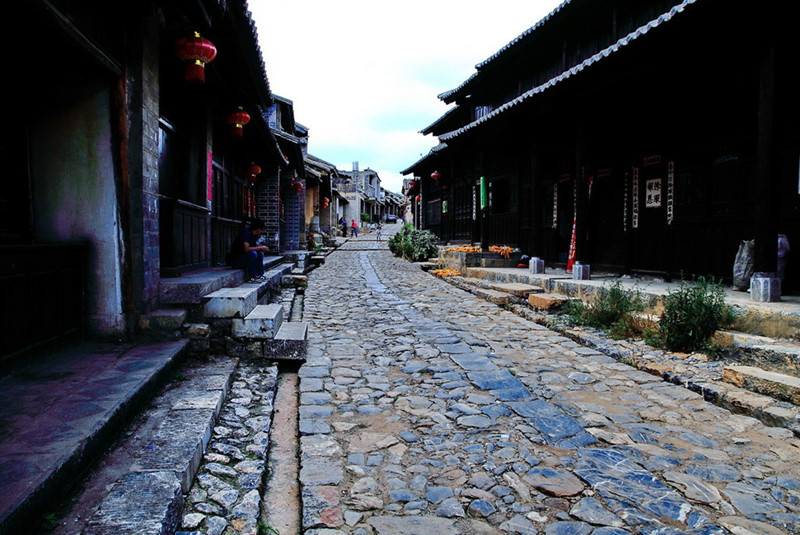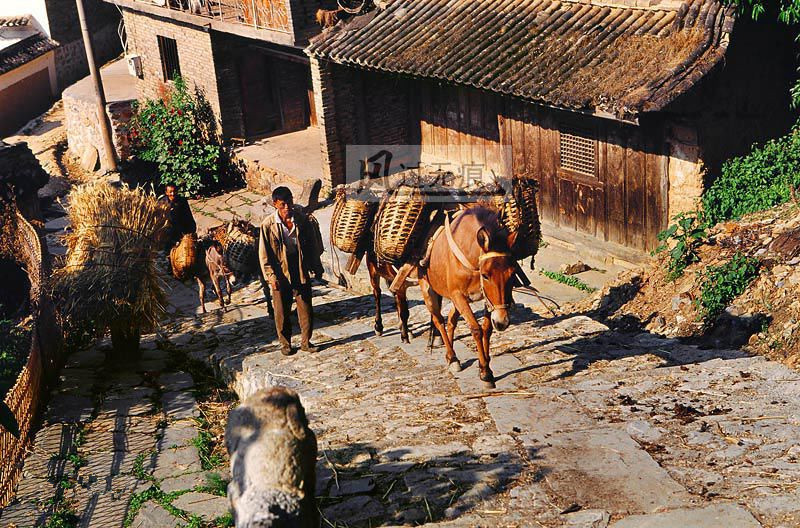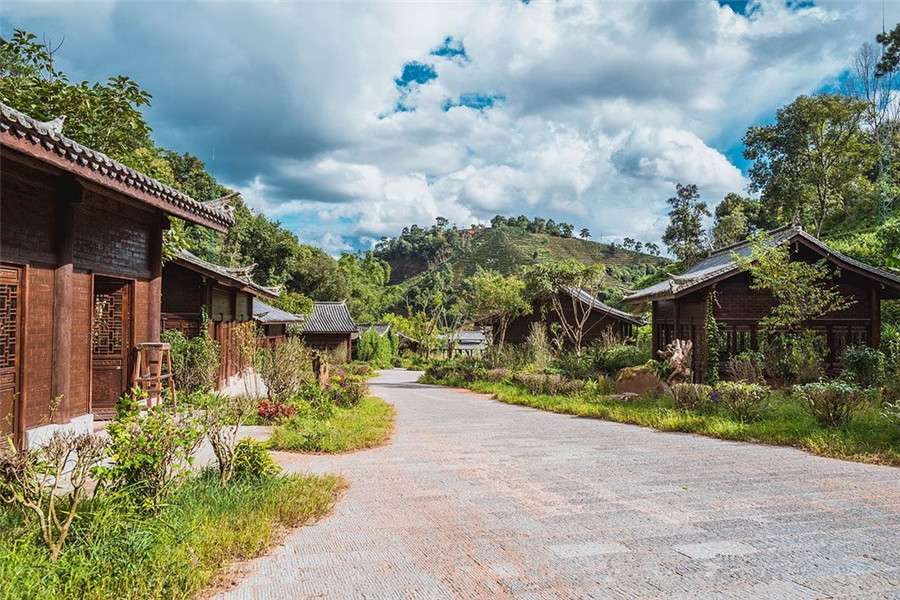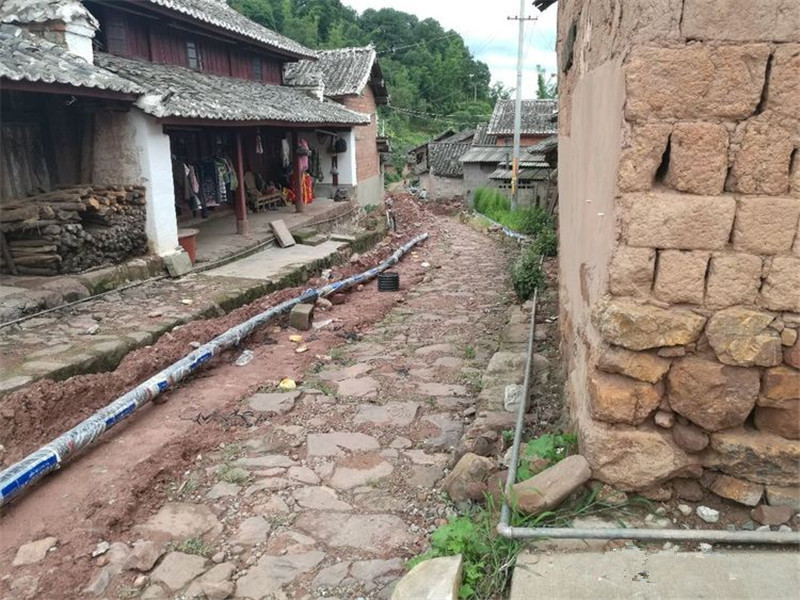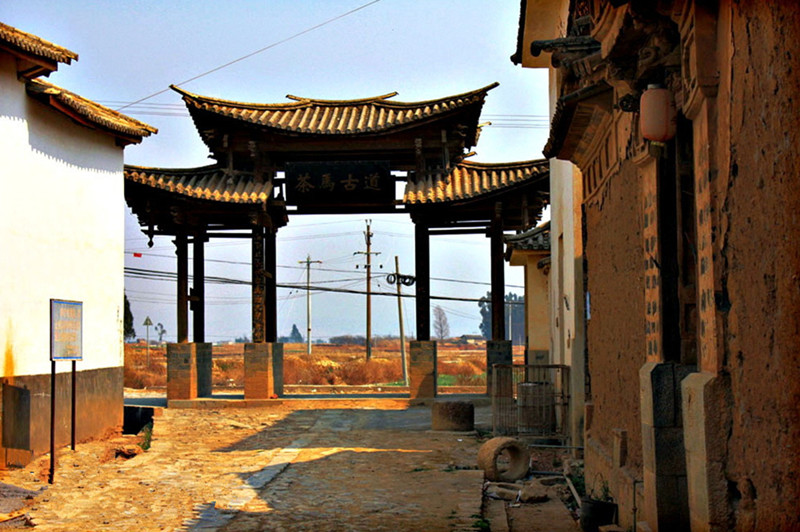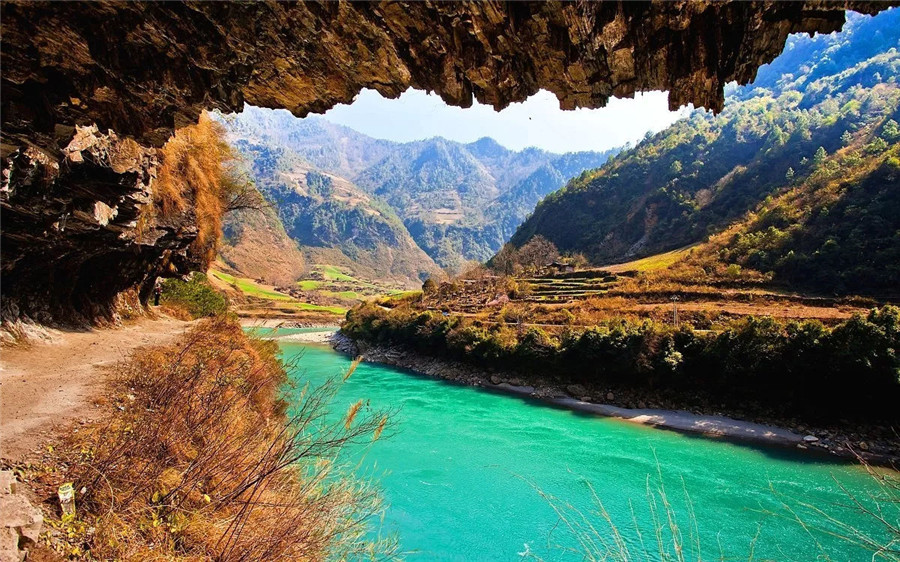
The Ancient Tea Horse Road
What is the Ancient Tea Horse Road?
The Tea Horse Road now generally referred to as the Ancient Tea Horse Road was a network of trading routes linking the tea producing areas of Yunnan (mainly concentrated in the southeast of the province in Pu’er 普洱 and Xishuangbanna 西双版纳) and Sichuan 四川 (around the area known as Ya’an 雅安) with the tea-consuming regions across China, but in particular with Tibet. It is also sometimes referred to as the Southern Silk Road. The route extended to Bengal in South Asia.
Origin of the Ancient Tea Horse Road
The Tea Horse Road originated from ‘tea-horse trade markets'(茶马互市), the traditional ‘tea-for-horse’ trade between Han and Tibetan people. From the 6th century to the 20th century, people in Sichuan and Yunnan provinces traveled by foot and horseback with pack horses to exchange tea for horses with people in Tibet — and thus the pathway was called the Tea Horse Road.
History of the Ancient Tea Horse Road
The history of the Tea and Horse Road can be traced back to the period of the Tang dynasty (618-907) and Tibetan (Tubo) regime. Tea was introduced to the Tibetan area during the Tang dynasty. The Tibetan people had been in close communication with the Tang and the various ethnic groups of southwest China for a long time; so it is very likely that the tea of Sichuan and Yunnan had already reached Tibet.The development of large-scale commerce in tea and horses between the Chinese dynasties and Tibet and the development of the caravan road for the tea and horse trade probably dates to the Song dynasty (960-1279). During that period, the demand for tea would have gradually increased as tea became an important drink in the daily life of the Tibetans.
More about History of The Ancient Tea Horse Road
Two Routes of the Ancient Tea Horse Road
The ancient tea horse road was a network of caravan paths winding through the mountains of Sichuan, Yunnan and Guizhou in Southwest China to Tibet, and stretched across Bhutan, Sikkim, Nepal, and India, then reached the Middle East, and even the Red Sea coast of Egypt. Generally speaking, (in China) the Ancient Tea Horse Road was divided into two major routes: the Sichuan–Tibet Tea Horse Road and the Yunnan–Tibet Tea Horse Road.
The Sichuan–Tibet Tea Horse Road
The complete length of the Sichuan–Tibet road was over 4,000 kilometers, with a history of 1,300 years. The Sichuan–Tibet Tea Horse Road stretched from Ya’an in Sichuan to Lhasa via Luding, Kangding, Batang, and Chamdo in Tibet, and extended to Nepal, Burma, and India.
The Yunnan–Tibet Tea Horse Road
The Yunnan–Tibet Tea Horse Road was similarly formed in the late 6th century. It began from Simao (a major tea-producing area) and led to Lhasa, crossing Pu’er, Xishuangbanna, Dali, Lijiang, and Shangri-La, and continuing to Nepal, Burma, and India. It was thus the critical trade route connecting Yunnan to Southern Asia.
Development of the Ancient Tea Horse Road
The rise of the tea-horse trade boosted the local economy and enriched the culture of western China, while at the same time promoting development of the road.
In the Tang and Song (960–1279) dynasties, the Qinghai–Tibet Highway became a major alternative for transporting tea to Tibet from Sichuan and other more eastern areas, taking the less-steep long way round through Chengdu, Xi’an (then Chang’an) and the Silk Road. During the Ming Dynasty (1368–1644), the Sichuan–Tibet Tea Horse Road was officially recognized, and this helped the commercial towns and cities along the road to expand, and promoted commerce between inland areas and Tibet.
For more than a thousand years, the Tea Horse Road — a thoroughfare of commerce between China and Tibet – was one of the harshest trails in Asia. The ancient passageway stretched almost 2,250km across the tea-growing region of China’s Sichuan Province to Lhasa, the 365m-high capital of Tibet. Beginning in the 10th Century, Chinese porters and pack animals inched up switchbacks to cross Tibet’s Zar Gama Pass to trade Chinese tea for Tibetan horses. Today, most of the original Tea Horse Road is gone and what is left of the old route is now travelled by car or truck.
Abandonment of the Ancient Tea Horse Road
The Ancient Tea Horse Road has been deserted for decades. With the rapid development of modern roads in the late 20th century, the ancient pathways have been superseded by the Sichuan–Tibet Highway and other Tibetan roads. Moreover, the Tea and Horse Caravan Road continues to be a sacred road for many people. Along the caravan road, there are many sacred mountains belonging to the different ethnic groups. For example, Kawagebo Snow Mountain, near Yubeng in northern Yunnan, is one of the most famous sacred mountains of the Tibetan people. Every year many pilgrims from Sichuan, Yunnan, Tibet, Qinghai, and Gansu come there to worship and circumambulate the mountain. Pilgrims still travel annually to Lhasa to pay their respect to the deities of Buddhism, often still “measuring the road” by prostrating their bodies along its length. The road these pilgrims follow is the Tea and Horse Caravan Road.
Explore the Ancient Tea Horse Road on a Yunnan Tour
While modernization undermined this historic route’s commercial significance, the Tea and Horse Caravan Road is now attracting attention due to the growth of tourism in southwest China. One reason is the ethnic and cultural diversity of the region. Furthermore, some famous old towns and villages laong the routes have also been popular sites for exploration. For example,Lijiang Ancient Town and Shaxi Old Town, etc. Yunnan Exploration.com has years of experience, guiding visitors to these historic, culturally rich sites. Join our Yunnan Ancient Tea Horse Road Tours, walk in the footprints of long-past traders, take a walk along these antiquated paths, ride a horse along these well-worn roads, get a taste of the ‘quiet life’ within the ancient towns, do some hiking around the tea & horse trade route areas and visit some verdant, tea covered mountains along the way.
Read more about Yunnan Ancient Tea Horse Road Tours
Hostorical and Cultural Sites of the Ancient Tea Horse Road
- Kongqueping Ancient Tea Horse Relics
- Lijiang Ancient Tea Horse Road Museum
- Dongjuegong Palace in Lijiang
- Chaantang Ancient Tea Horse Caravan Relics
Regional Routes of the Ancient Tea Horse Road
- Ancient Tea Horse Road in Yunnanyi, Dali
- Ancient Tea Horse Road in Bingzhongluo
- The Ancient Tea Horse Road Tourist Area in Puer
- Guzhou Ancient Tea Horse Road in Xinping County
- Ancient Tea Horse Road Tour Route from Jiujia to Zhedong
- Tongguan Town and The Ancient Tea Horse Road in Mojiang County
- The Ancient Tea Horse Road from Shaxi Ancient Town to Mijing Village
- The Ancient Tea Horse Road from Baisha Ancient Town to Wenhai Lake
- Nanzhai Gongfang Ancient Tea Horse Caravan in Gaoligong Mountain
- Beizhai Gongfang Ancient Tea Horse Caravan in GaoliGongshan Mountain
Keep Reading
- Map of The Ancient Tea Horse Road
- Ancient Tea Culture Tours Routes in Puer
- How to Plan Tea Culture Tour in Yunnan
- Towns and Villages along The Tea Horse Road

 7 Days GolfingTour
7 Days GolfingTour
 8 Days Group Tour
8 Days Group Tour
 8 Days Yunnan Tour
8 Days Yunnan Tour
 7 Days Shangri La Hiking
7 Days Shangri La Hiking
 11 Days Yunnan Tour
11 Days Yunnan Tour
 6 Days Yuanyang Terraces
6 Days Yuanyang Terraces
 11 Days Yunnan Tour
11 Days Yunnan Tour
 8 Days South Yunnan
8 Days South Yunnan
 7 Days Tea Tour
7 Days Tea Tour
 8 Days Muslim Tour
8 Days Muslim Tour
 12 Days Self-Driving
12 Days Self-Driving
 4 Days Haba Climbing
4 Days Haba Climbing
 Tiger Leaping Gorge
Tiger Leaping Gorge
 Stone Forest
Stone Forest
 Yunnan-Tibet
Yunnan-Tibet
 Hani Rice Terraces
Hani Rice Terraces
 Kunming
Kunming
 Lijiang
Lijiang
 Shangri-la
Shangri-la
 Dali
Dali
 XishuangBanna
XishuangBanna
 Honghe
Honghe
 Kunming
Kunming
 Lijiang
Lijiang
 Shangri-la
Shangri-la
 Yuanyang Rice Terraces
Yuanyang Rice Terraces
 Nujiang
Nujiang
 XishuangBanna
XishuangBanna
 Spring City Golf
Spring City Golf
 Snow Mountain Golf
Snow Mountain Golf
 Stone Mountain Golf
Stone Mountain Golf
